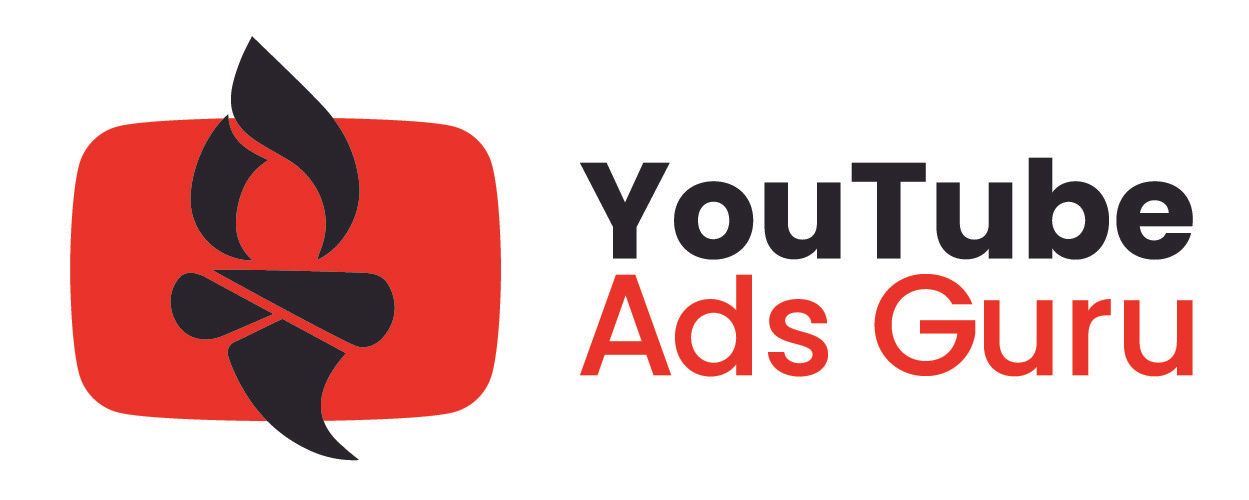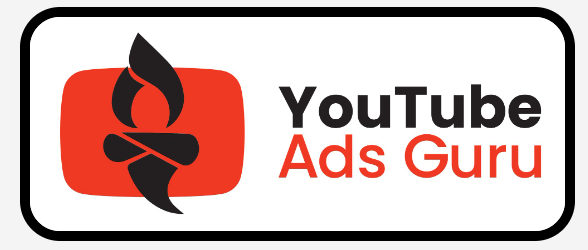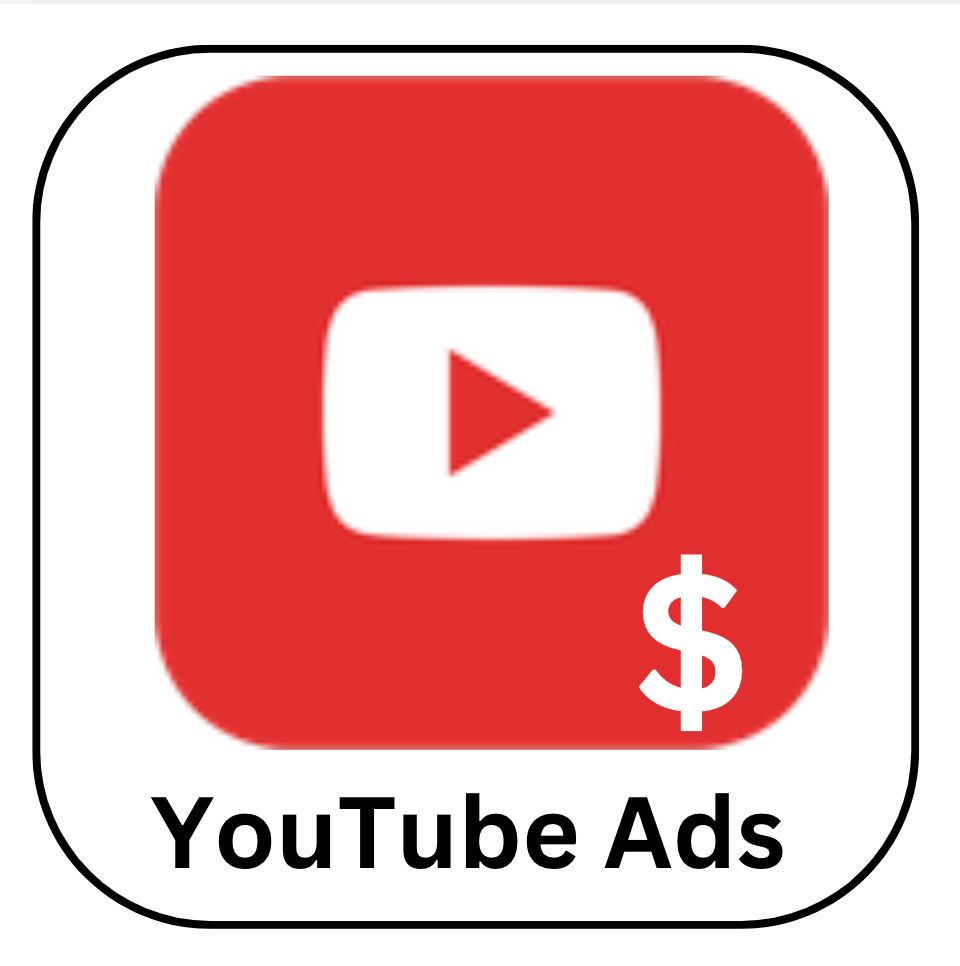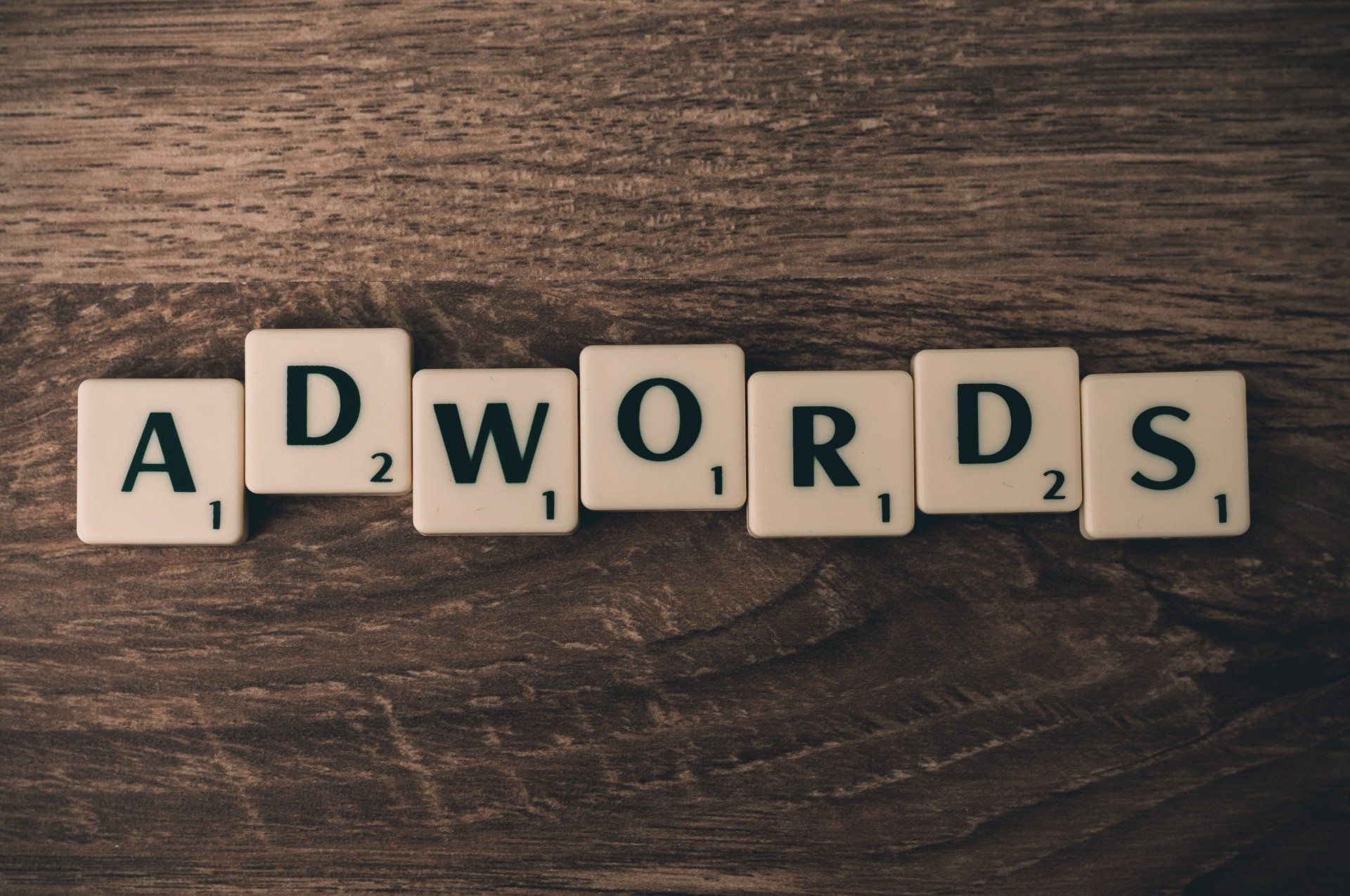YouTube Vs TV Advertising
YouTube Vs TV Advertising
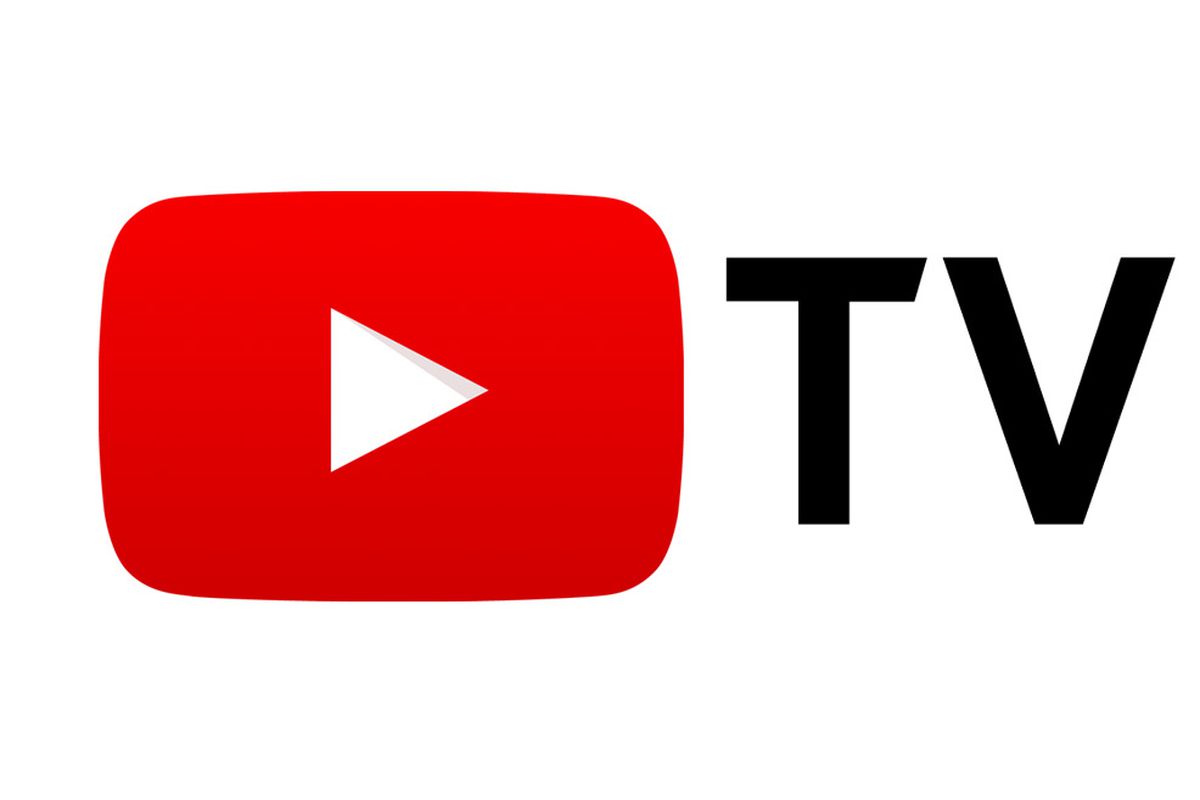
How YouTube Perfects the Content Creator–Advertiser Relationship How’s this for engagement? If you’ve found a good niche, you could easily get a million views on YouTube. And those numbers aren’t even considered “viral” anymore.
The YouTube ecosystem tends to work like this: To set up ads, I spend money with AdWords.
The amount of competition in the marketplace determines how much I spend per view, which typically ranges from 2 to 20 cents.
Up until recently, YouTube would take 45 percent of the revenue, and the content creator (the owner of the video that your ad precedes) would receive 55 percent.
So, for example, that revenue-distribution formula meant that a 10-cent view would earn YouTube 4.5 cents and the content creator 5.5 cents.
However, more recently these payouts have changed and now the amount content creators get paid has been termed CPM, or cost per one thousand ad views.
The vast majority of YouTubers earn anywhere between $ 0.30 and $ 2.50 CPM, with only the most popular channels earning around $ 10 CPM.
Everyone wins with this arrangement: YouTube gets financed to build a better website; content creators are paid for their efforts and will continue to create more and better videos for YouTube; advertisers cost-effectively get in front of the audience they seek; and users get a great experience.
By the way, you might have calculated that a million views at only three cents apiece still costs $ 30,000. But compare that with the cost of a typical TV ad, which, again, you can’t target or sell nearly as well, or accurately track.
Then consider how few purchases it’ll take to more than pay for those YouTube views. Also keep in mind that the goal is return on investment (ROI).
If I had to pay as much as one hundred dollars per view and it would still turn into profit, I would do it. In terms of ROI, YouTube brings another edge over TV—a clickable link to the website.
With TV, even if the viewer loves the ad, they don’t have an easy, quick way to engage further with the brand.
To continue the experience, they would have to log on to their mobile phone and search for the company.
YouTube, on the other hand, makes the experience seamless and instantaneous, as in the following example.
Click To Learn More On Our Website >>>
www.youtubeadsguru.co.nz
